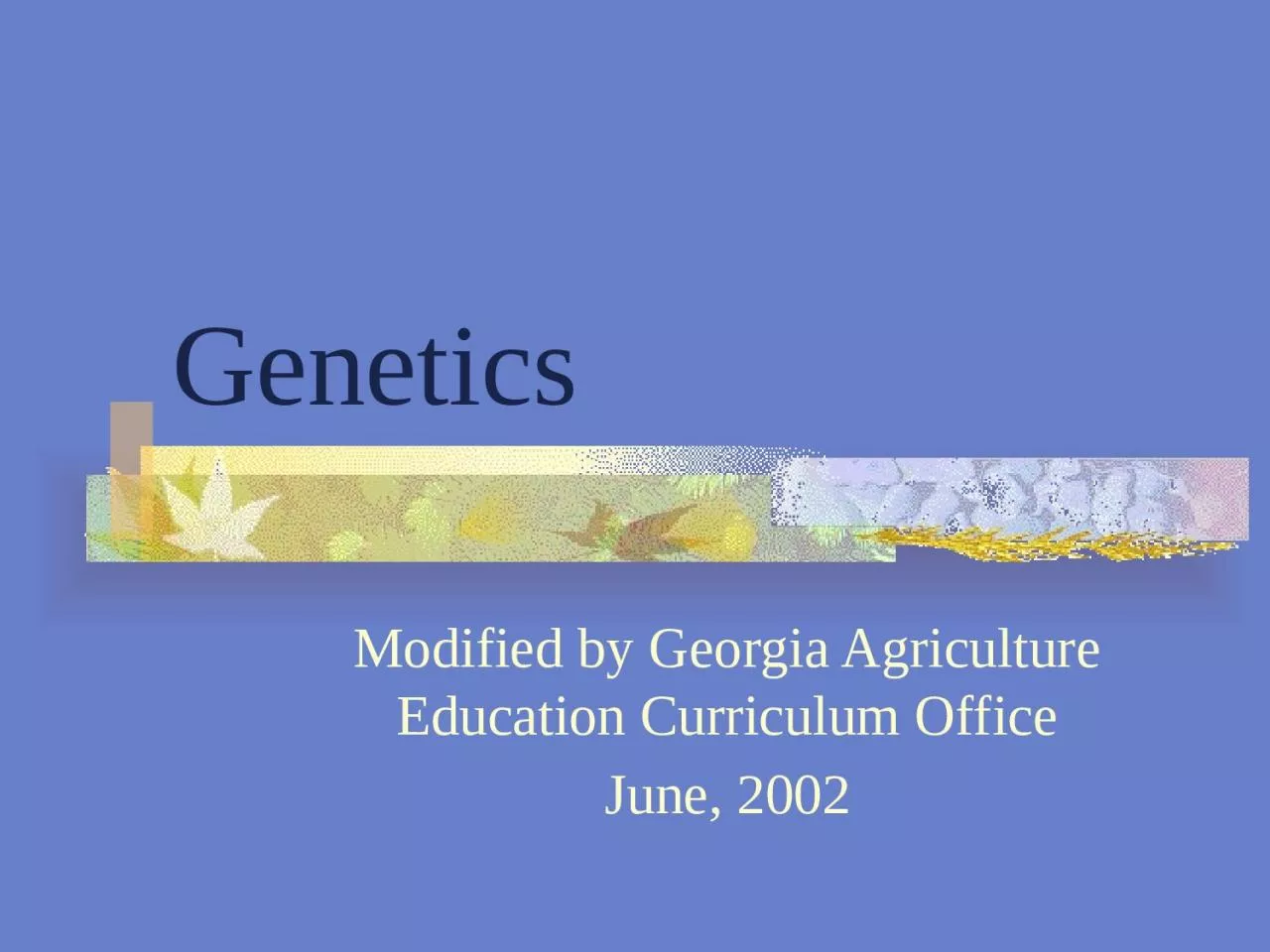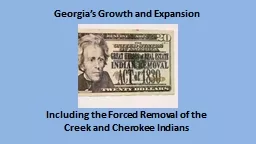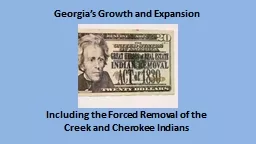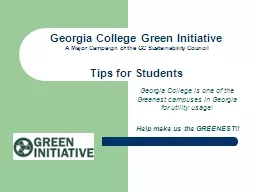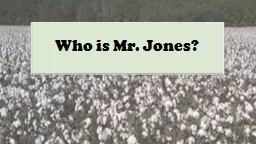PPT-Genetics Modified by Georgia Agriculture Education Curriculum Office
Author : delcy | Published Date : 2024-03-13
June 2002 Heredity Passing of traits from parent to offspring Genes Gene segment of a chromosome that contains the heredity traits of an organism Genes Basic units
Presentation Embed Code
Download Presentation
Download Presentation The PPT/PDF document "Genetics Modified by Georgia Agriculture..." is the property of its rightful owner. Permission is granted to download and print the materials on this website for personal, non-commercial use only, and to display it on your personal computer provided you do not modify the materials and that you retain all copyright notices contained in the materials. By downloading content from our website, you accept the terms of this agreement.
Genetics Modified by Georgia Agriculture Education Curriculum Office: Transcript
Download Rules Of Document
"Genetics Modified by Georgia Agriculture Education Curriculum Office"The content belongs to its owner. You may download and print it for personal use, without modification, and keep all copyright notices. By downloading, you agree to these terms.
Related Documents

